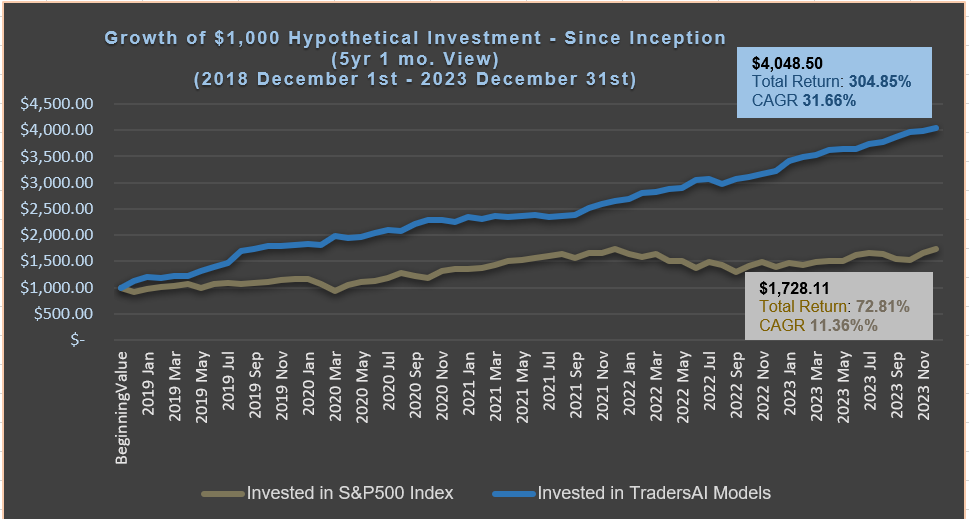The Bear To Consolidate Its Position or Retreat?
S&P 500 Index tried to approach and test the key level of 2735 on Tuesday – the index registered the session’s high at 2732.91 as of our Intraday Alert published at 2:10pm (click here for details). Tuesday’s modest gains look more like bear consolidation rather than like bear weakness or bull strength. The index needs to climb back above at least 2750 to negate the current bearish bias.
Model Biases/Outlook:
Both the medium-term and short-term models’ recent bullish bias was negated last Thursday after noon (click here for our report published on that day), and the bias was slightly bearish to start the week. Monday’s bearish action confirmed the bearish bias and now the models are outright bearish, which the models reiterate for the 2nd day in a row.
Trading Plans for Wednesday, 06/27/2018:
Trading Plans for Wednesday, 06/27/2018:
Medium-to-long term investors
Those who followed our medium-term models should be holding no positions as of Tuesday market close. The medium term models are now flat, waiting to open a fresh short (sell) on a break below 2710.
Meidum-term models indicate bearish bias below 2740, but indicate no new short selling while above 2710. The models indicate no long bias until at least a daily close above 2740 (slightly bullish) or above 2755 (outright bullish) with tight stops. Models indicate neutral bias within 2710-45.
Meidum-term models indicate bearish bias below 2740, but indicate no new short selling while above 2710. The models indicate no long bias until at least a daily close above 2740 (slightly bullish) or above 2755 (outright bullish) with tight stops. Models indicate neutral bias within 2710-45.
Aggressive, short term, intraday, or professional traders
Those who followed our intraday models should have avoided getting sucked into the whipsaw action on Tuesday and stayed out of the market throughout the session.
The aggressive, intraday models are currently flat. For Wednesday, the aggressive/intraday models indicate indeterminate bias between 2710-2735 – stay flat between these levels. Above 2735, long bias with very tight stops/trailing stops (5-10 points, depending on your trading style and risk appetite).
Below 2710, short bias, with a trailing stop (or simple stop, depending on your trading style and risk appetite) of 5-10 points, as the 2700 level could prove to be a pivot for a spike in either direction. If 2700 and 2790 are breached, then put in a 10 point trailing stop and let the position ride or the stop hit for a profit.
Below 2710, short bias, with a trailing stop (or simple stop, depending on your trading style and risk appetite) of 5-10 points, as the 2700 level could prove to be a pivot for a spike in either direction. If 2700 and 2790 are breached, then put in a 10 point trailing stop and let the position ride or the stop hit for a profit.
IMPORTANT NOTICES & DISCLAIMERS – READ CAREFULLY:
(i) This article contains personal opinions of the author and is NOT representative of any organization(s) he may be affiliated with. This article is solely intended for informational and educational purposes only. It is NOT any specific advice or recommendation or solicitation to purchase or sell or cause any transaction in any specific investment instruments at any specific price levels, but it is a generic analysis of the instruments mentioned.
(ii) Do NOT make your financial investment or trading decisions based on this article; anyone doing so shall do so solely at their own risk. The author will NOT be responsible for any losses or loss of potential gains arising from any investments/trades made based on the opinions, forecasts or other information contained in this article.
(iii) Risk Warning: Investing, trading in S&P 500 Index – spot, futures, or options or in any other synthetic form – or its component stocks carries inherent risk of loss. Trading in leveraged instruments such as futures carries much higher risk of significant losses and you may lose more than you invested in them. Carefully consider your individual financial situation and investment objectives before investing in any financial instruments. If you are not a professional trader, consult a professional investment advisor before making your investment decisions.
(iv) Past performance: This article may contain references to past performance of hypothetical trades or past forecasts, which should NOT be taken as any representation or promise or guarantee of potential future profits. Past performance is not indicative of future performance.
(v) The author makes no representations whatsoever and assumes no responsibility as to the suitability, accuracy, completeness or validity of the information or the forecasts provided.
(vi) All opinions expressed herein are subject to change at any time, without any notice to anyone.





